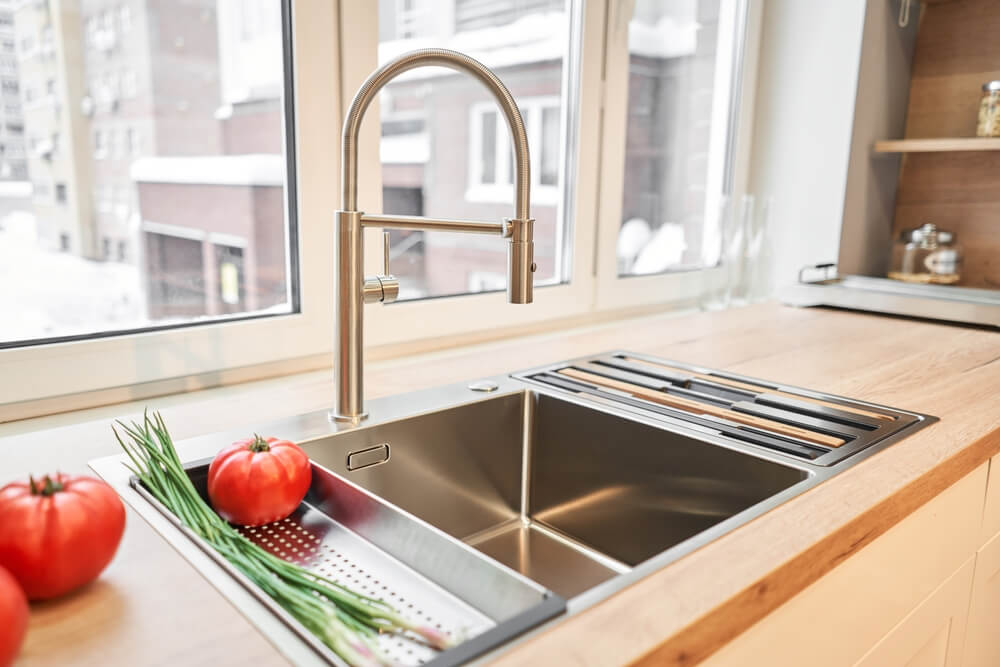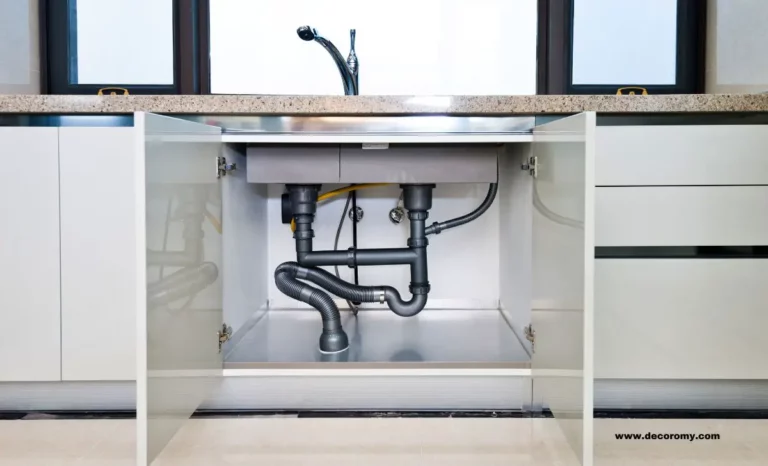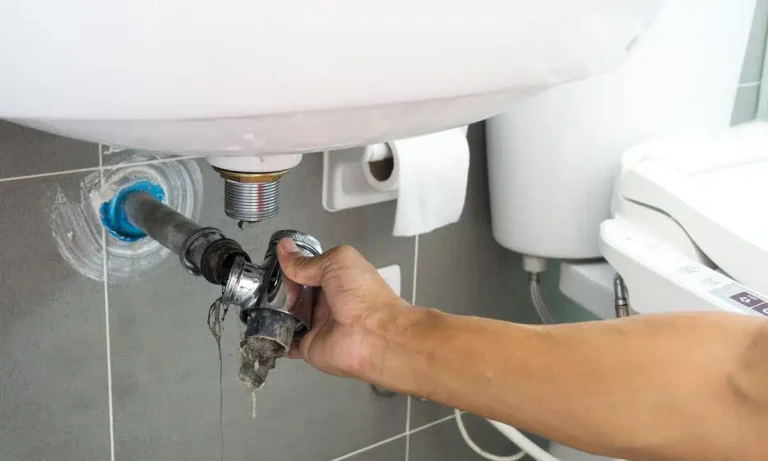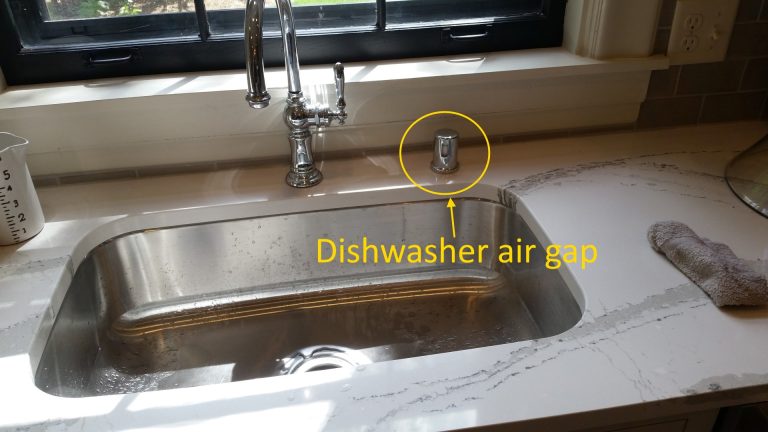We’re diving into the hidden world of your home’s pipes today! It’s like the veins of your house, moving water and waste around.
We’ll share the neat stuff about how your pipes work, and why you should care. We’ll also help you figure out if your kitchen sink and bathroom are sharing the same pipe. Turns out, it could be a big deal! So, let’s get to it and uncover the secret life of your home’s plumbing!”
Benefits of Separate Drain Systems
Prevention of Cross-Contamination
Having separate drain systems for different areas of the home helps prevent cross-contamination. F
or instance, if the kitchen sink drain and toilet drain were connected, there would be a risk of sewage contaminants entering the kitchen sink. This could lead to a host of hygiene issues, including the spread of bacteria and diseases.
Prevention of Backflow and Sewage Backup
Another key reason for separate drains is to prevent backflow and sewage backup. Backflow occurs when water flows in the opposite direction due to a change in pressure, potentially carrying contaminants into your home.
Similarly, if a blockage occurs in a shared drain, it could lead to a sewage backup, causing waste water to overflow from multiple fixtures. Separate drain systems minimize these risks, making them a vital component of home safety and hygiene.
Are Kitchen and Bathroom Pipes Connected?
Ever wondered about the pipes hidden behind your walls? One big question might be, “Are the pipes from my kitchen sink and my bathroom toilet connected?” This is a key thing to know as it impacts cleanliness and maintenance of your home. Let’s break it down.
Why Your Kitchen Sink Might Be Connected to Your Bathroom Pipe
Older houses sometimes have all the plumbing tied together. That’s because people didn’t know as much about hygiene back then. Also, if someone who didn’t really know what they were doing tried to fix the plumbing, they might have accidentally hooked the kitchen sink to the bathroom pipe.
Another reason could be a shared vent pipe. This pipe helps keep air pressure balanced and gets rid of sewer gases. But it should not link pipes from different rooms.
How to Check If Your Kitchen Sink and Bathroom Pipe Are Connected?
Here’s how to tell if your kitchen sink and bathroom pipe are tied together.
- Listen for Gurgling Sounds: Pay attention to any gurgling sounds coming from your bathroom drains when you use your kitchen sink. This can be a sign that the pipes are connected and that air is being pushed through the system due to water flow.
- Check for Slow Draining: Use your kitchen sink normally and then check your bathroom sink, bathtub, or toilet for any signs of slow draining. If one affects the other, it could indicate a shared drainage system.
- Observe Water Levels: Flush your toilet while the kitchen sink is running. If the water level in the toilet bowl noticeably fluctuates, or if you see any water backing up in the bathtub or shower, this could suggest a connection between the systems.
- Use a Drain Dye Test: You can use a non-staining dye (available at most hardware stores) in your kitchen sink and then check your bathroom fixtures to see if the colored water appears. This is a clear indication that the two are connected.
- Inspect Outside Cleanout Lines: Sometimes, homes have an accessible cleanout line outside. You can open this and run water in the kitchen sink. If you see water flowing through this line, it can help you understand how your internal plumbing is connected.
- Monitor for Backups: If a clog in your kitchen sink leads to water backing up in your bathroom fixtures, or vice versa, this is a strong indication that the two are connected.
- Consult Plumbing Diagrams: If you have access to your home’s plumbing diagrams or can obtain them from local building records, they can provide definitive information about how your plumbing is structured.

What To Do If Kitchen Sink Connected To Bathroom Sewage Pipe?
If a plumber finds out your kitchen sink and bathroom pipe are connected, you’ll need to get it fixed right away. The plumber can do this. It’s also a good idea to have your plumbing checked regularly. This helps catch problems early and keeps everything working right.
So, your kitchen sink could be connected to your bathroom pipe if you live in an old house, if someone messed up the plumbing, or if there’s a shared vent pipe. But, this isn’t good and you’ll need to get it fixed. Regular check-ups from a plumber can help keep your plumbing in tip-top shape.
Final Thought
When we mix these up, it can make a mess. Think backflow, sewage backups, and even health risks. Remember, older homes and wrong installations can cause this.
If you think something smells fishy, like sewage smells in your kitchen, you might need to call a pro. They can come out and check it out for you.
If they find a problem, they can fix it right away. And remember, regular check-ups help keep problems away in the first place. So, understanding how our plumbing works is really important. It helps keep our home clean and safe, and stops problems before they start. Thanks for joining us on this journey today!



